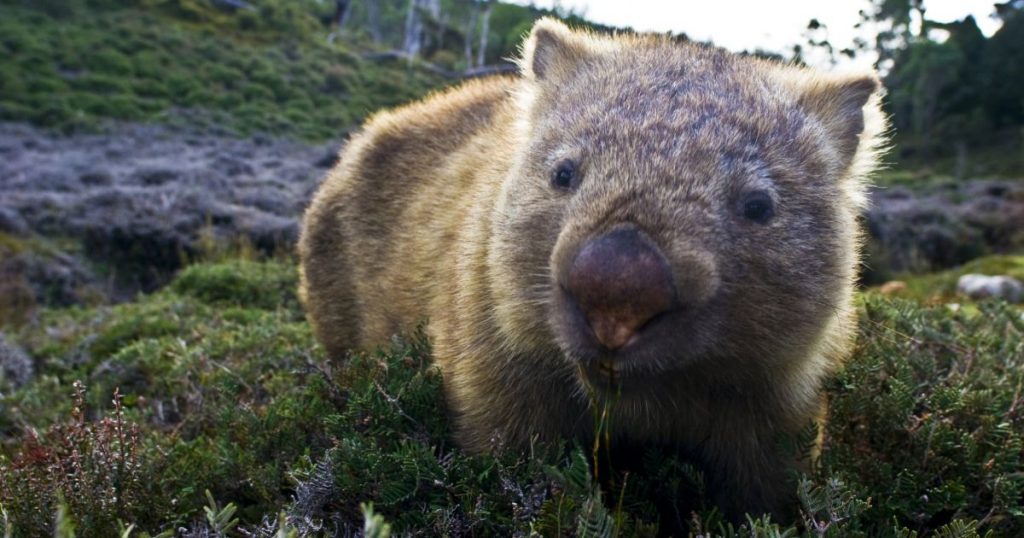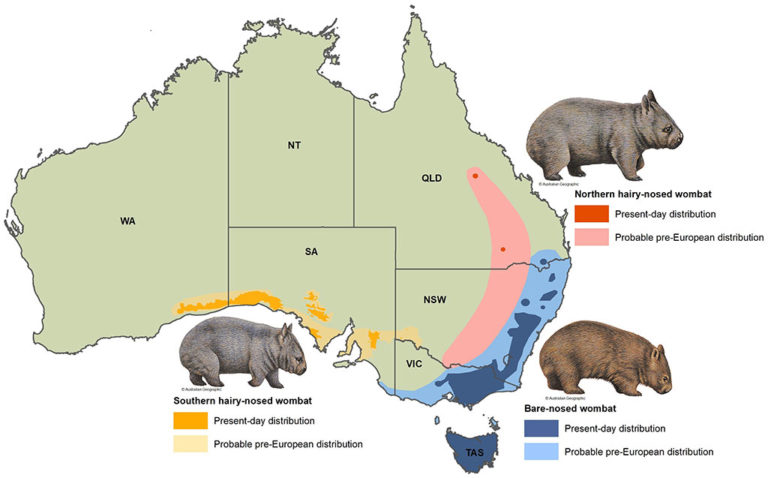Current News on Wombats: Key Updates and Insights
Wombats, the iconic Australian marsupials, are facing significant challenges that have recently come to light through various studies and reports. This article summarizes the latest findings and news regarding the wombat population, their habitat, and the conservation efforts being undertaken to protect them.
Major Threats to Wombats
Recent research has identified two primary threats to the bare-nosed wombat population: roadkill and sarcoptic mange. A study published on October 23, 2023, highlights that these threats are critical to the survival of the species. The data was gathered through a citizen science initiative known as WomSAT (Wombat Survey and Analysis Tool), which has been operational since 2015. This project allows volunteers to report sightings and health conditions of wombats, contributing to a better understanding of their challenges and needs.
Roadkill
Roadkill incidents are a significant concern for wombats, particularly in areas where their habitats intersect with human infrastructure. As urban development continues to encroach on natural habitats, the risk of road accidents increases, leading to a decline in wombat populations.
Sarcoptic Mange
Sarcoptic mange, a skin disease caused by mites, poses another severe threat to wombats. This condition leads to severe itching, hair loss, and can ultimately result in death if left untreated. Conservationists are actively working on treatments and awareness campaigns to combat this disease.
Wombat Burrows: Safe Havens
Interestingly, wombat burrows have been found to serve as safe havens for various species, especially after natural disasters like bushfires. A study published on May 18, 2024, revealed that these burrows can provide shelter and resources for other animals during extreme weather events. The Black Summer bushfires of 2019-2020 created conditions that highlighted the importance of wombat burrows in the ecosystem.

Rare Sightings and Conservation Efforts
In a remarkable turn of events, conservationists recently captured rare footage of a critically endangered northern hairy-nosed wombat. This species is one of the rarest mammals in the world, with only about 400 individuals remaining. The footage, taken in a nature reserve, showcases the ongoing efforts to monitor and protect this vulnerable species.
Citizen Science and Training Initiatives
To enhance conservation efforts, a new training course has been launched on the WomSAT platform. This initiative aims to empower wombat caregivers with the knowledge and skills needed to treat wombats suffering from sarcoptic mange. The course is designed to improve field treatment and increase the effectiveness of conservation strategies.
Community Involvement
Community involvement plays a crucial role in wombat conservation. Volunteers are actively participating in various initiatives, including habitat restoration and disease management. A recent report from Reuters highlighted the efforts of Australian volunteers who are fighting against the deadly disease threatening wombats. Their dedication is vital in ensuring the survival of these beloved marsupials.
The Role of Wombats in Ecosystems
Wombats are not just important for their own species; they also play a significant role in their ecosystems. Their burrowing activities help aerate the soil and promote plant growth, which benefits other wildlife. A study published in Smithsonian Magazine discussed how wombat burrows provide food, water, and shelter for various animals, especially during times of environmental stress.

Conclusion
The current news surrounding wombats underscores the urgent need for conservation efforts to address the threats they face. With the combined efforts of citizen scientists, volunteers, and researchers, there is hope for the future of these unique marsupials. As we continue to learn more about their behaviors and habitats, it is crucial to support initiatives that protect wombats and their ecosystems.
For more detailed information, you can explore the following articles:
- 2 biggest threats to wombats revealed in new data gathered by citizen scientists (Published on Oct 23, 2023)
- Cameras reveal wombat burrows can be safe havens after fire (Published on May 18, 2024)
- Training course empowers wombat caregivers to combat sarcoptic mange (Published on Sep 5, 2024)
By staying informed and involved, we can contribute to the conservation of wombats and ensure their survival for future generations.





